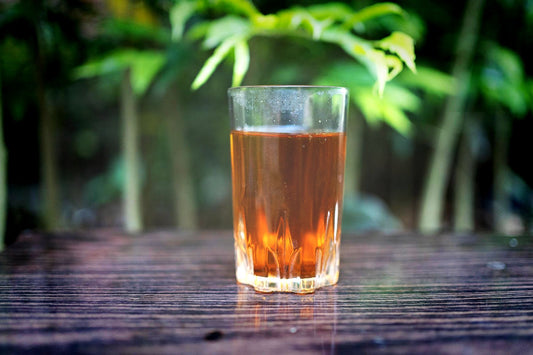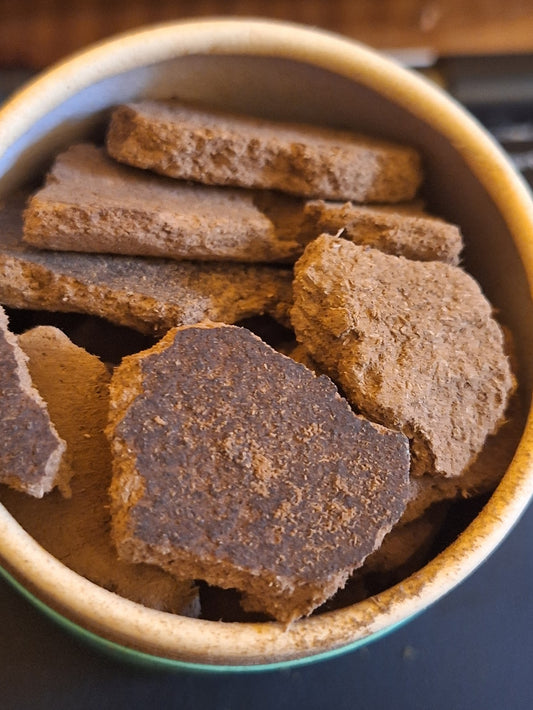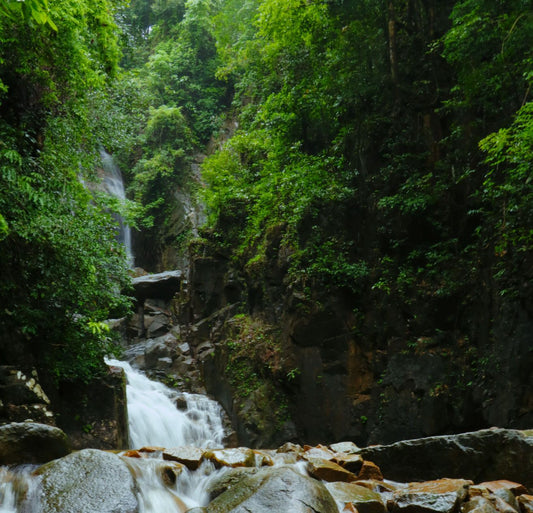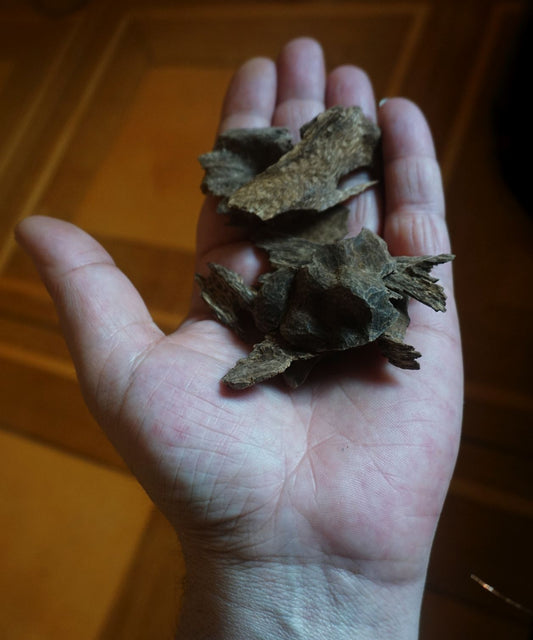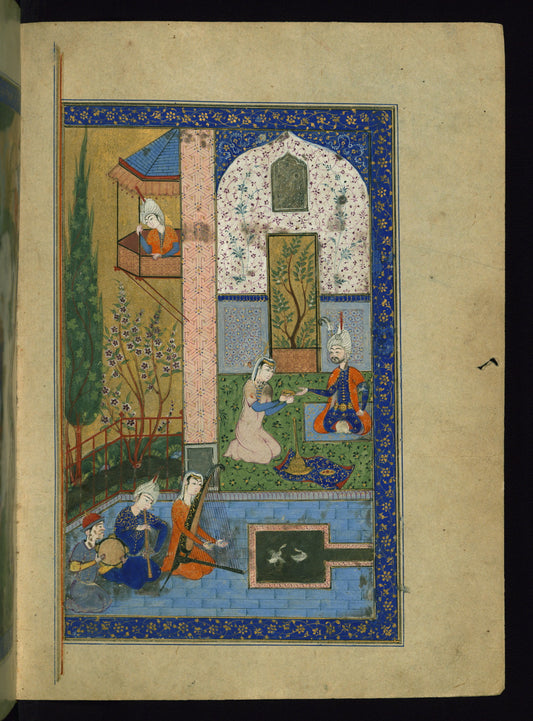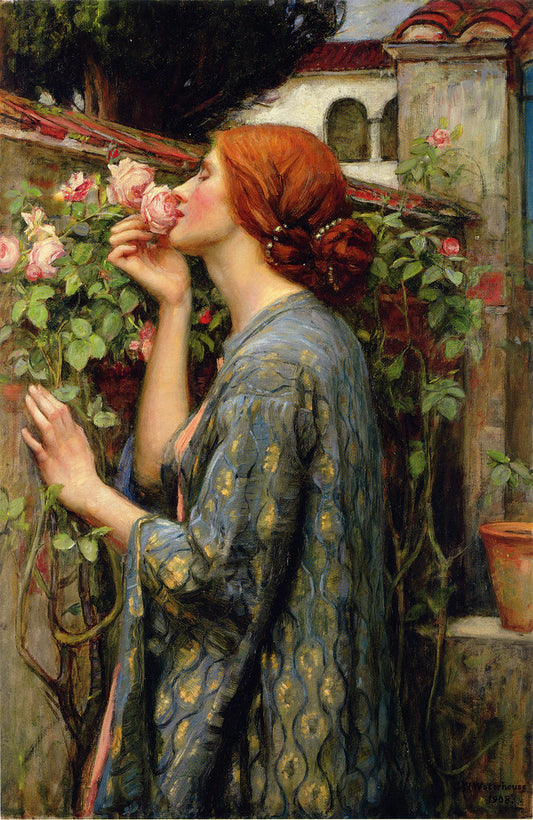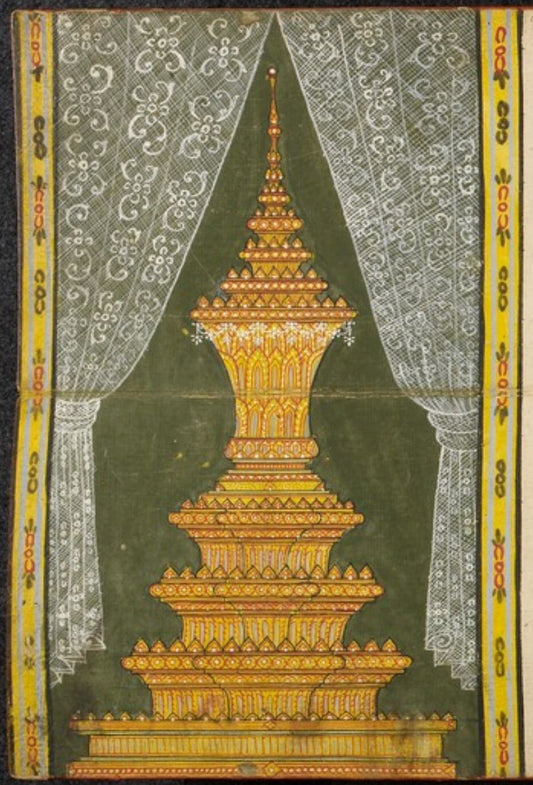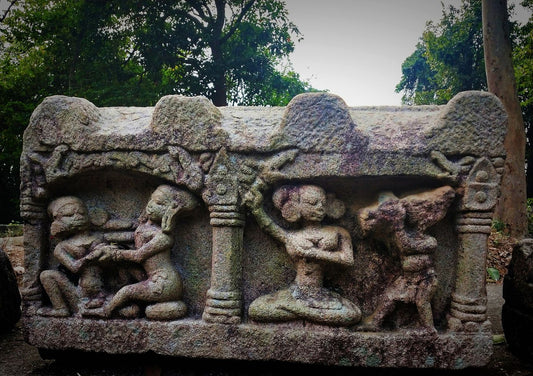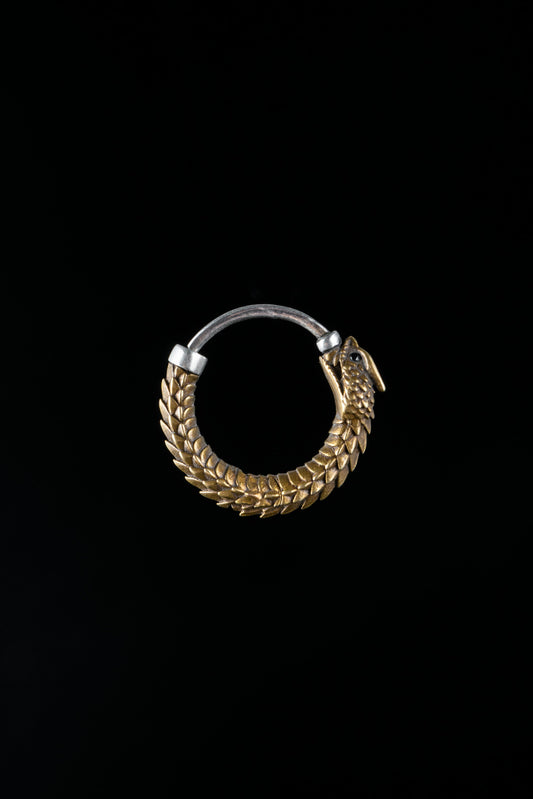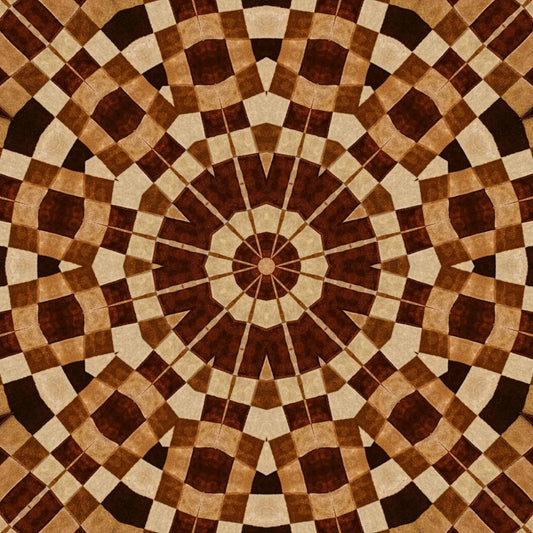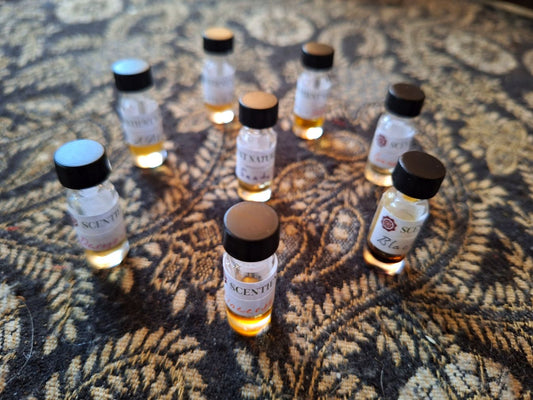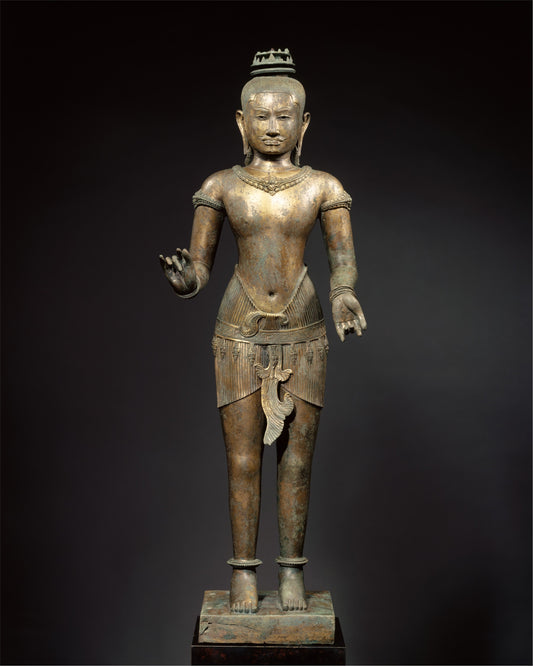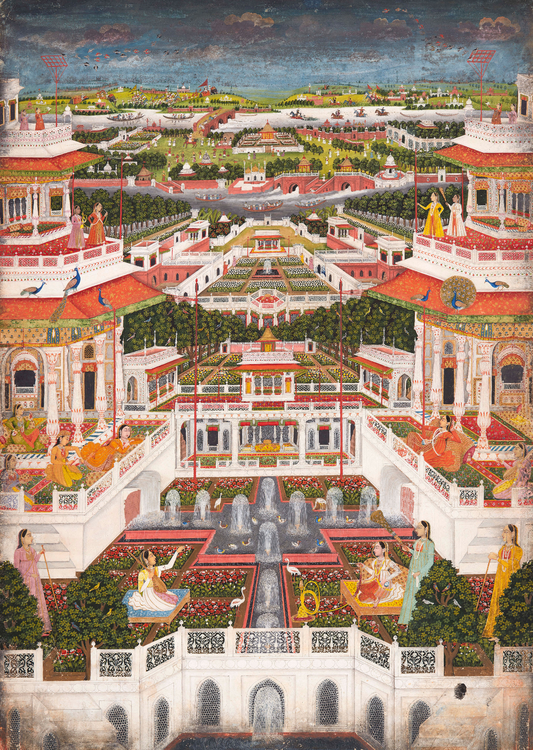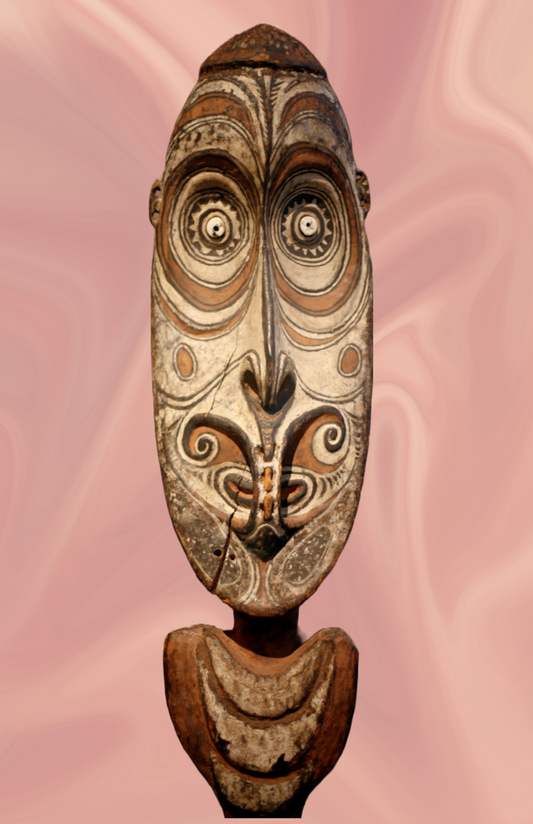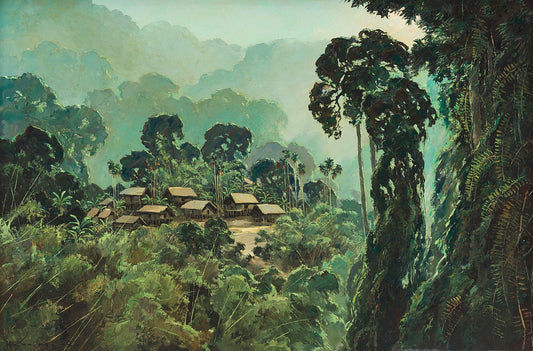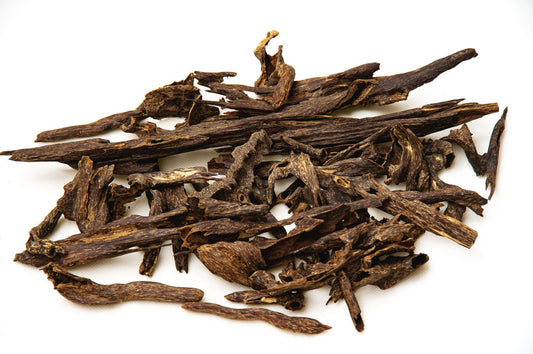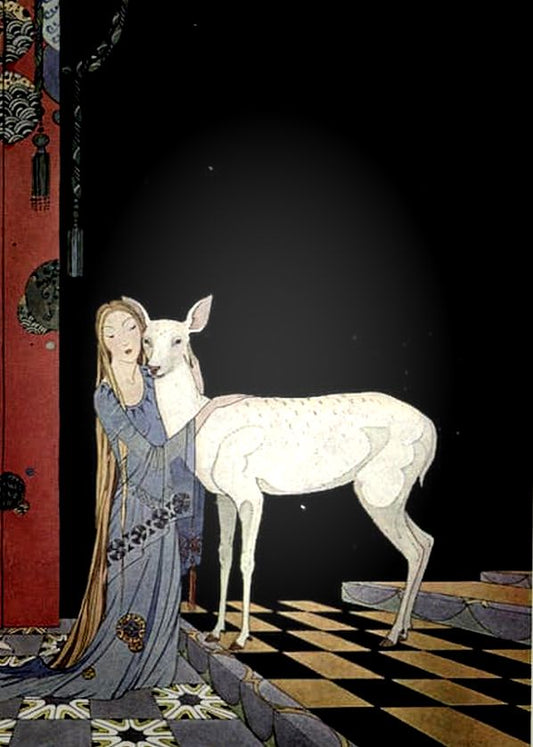
Antique Agarwood rosary, with inlaid gold, Qing dynasty - China
Arguably, the noblest, most precious, elusive and magical of all aromatics, Oud / agarwood has a long and fascinating history, but also amazingly rich and diverse artisan “living traditions” today.
In this collection all oils are unique : entirely natural, 100% pure and unalterated, high quality artisan distillations, small batches, patiently cured (min 2 years, often much more).
Raw material (for oils or wood chips) come in large majority from single trees or small connected bundles of trees. Most are wild (ethically sourced) a few oils from Assam are semi-wild (planted but grown without human intervention / Single trees in their native natural ecosystems). See each item for the specific details.
No farmed or plantation cultivated wood, no artificial inoculation of trees, no synthetic components or adulteration ever
Only nature at work, and distillers 'craft.
|
Part of the beauty of oud is the amazing diversity of olfactive profiles (no other natural aromatic comes even vaguely close to this diversity) and some profiles might not be to your taste.
If you are new to Oud, please order only very small / sample quantities to discover what you really like.
|
The story of humankind (From India to China, Japan and the whole Arab world) fascination with oud is multi millennial and so rich that if would be futile to try to resume it with any substance here. The Heartnotes blog contains articles to discover in magical incredible world of Oud.
In very short, oud has been used as one of the most refined perfumes (each quality natural oil is singularly unique, and a full wear perfume on its own, often showing an incredible diversity of notes transforming over hours). It has a long tradition with arts, literature, and refined connoisseur practices, it is an important (albeit costly) traditional medical aromatic with multiple historical and contemporary uses, it is an important status marker in many parts of the world, and, last but certainly not least, it has been used for religious / spiritual / ritual transcendence for millennia, from public ceremonies to immersive meditations.
Ok, Mr. Culture. but what is it, like : actually ?
Agarwood / oud is a resin produce in trees by different species belonging to the Thymelaeceae family. The most well known, and widely used are Aquilaria species, but there are many other ones.
The divinely fragrant resin is produced over the years as protection / defense when a tree is naturally attacked by elements of its environment (which always happen after some years in a jungle environment, but resin. The area of wood charged with the “infection” grows with irregular patches of streaks, presenting deposits of the oleoresin in the tree cell structure. These parts of heartwood become increasingly dark and heavier than the rest of the wood (some of the highest qualities are even "sinking wood" grades).
The specific character of the scented heartwood results from a combination of factors, such as the region of origin of the specific tree, its botanical species, its age, as well as the section of the tree from which the piece of agarwood stems and the amount of time that the wood has undergone the biological-chemical process. In consequence, the resinous composition differs, and the agarwood presents itself in various perfumery qualities.
The two main forms of pure natural Oud available on this website are the two more popular uses: high quality pure natural oils and natural wood chips. Woods and oils I carry are either from wild or, rarely in traditional producing regions where wild oud is gone, semi wild sources (= planted, but in a natural mixed ecosystem and left to grow entirely naturally. Never from artificially inoculated / plantation tree (the vast majority of what is available / sold today).
Oil distillations are down with love and care: artisan quality only. Nothing industrially produced. Good oils, properly stored and used, will always age well, and thus over decades. I try to present the admirable diversity of ouds, with high quality oils from different regions and a representative glimpse of the amazing richness of olfactive profiles. Each oud is a full perfume in itself, with its own complexity, structure, evolution, longevity.
Occasionally high quality Incense or malas (rosaries, necklaces, etc.) made form agarwood are sold, but this is rare and only when presented with a noteworthy opportunity though my producing contacts. Fragrant jewelry, like malas, pendants, necklaces, bracelets have their devoted collection: Scentient jewelry & other fragrant accessories
The present collection also includes attars (natural perfumes) where oud is an important ingredient. When oud is an ingredient that is not central to the composition and to the olfactive outcome of an attar, then it is not listed here but in other relevant collections..
If you are new to Oud, please order only very small / sample quantities to discover what you really like. Part of the beauty of oud is the amazing diversity of olfactive profiles (no other natural aromatic comes even vaguely close to this diversity).
Some profiles or notes can be very strong and animalic, living some people in ecstasy and some other repulsed, but then many other profiles don't have any animalic note, some can be sweet, some fruity, some floral some herbal, some smoky, some oceanic some all that precedes (when worn, in the unfolding of time, showing vivid and mesmerizing evolution, like all great perfumes) and much more.
Until quite recently Oud was unknown to Western audiences, it suddenly became a big trend in Western alcohol based "luxury" industrial perfumery. In 2016, I got hired by a famous luxury brand to become their "Mr. Oud" resource person for a few years, time for them to understand the material and design a flagship collection around them (a bit more about this here, towards the end). The process was for me a blessing: suddenly I was paid to explore in depth all aspects (from production to perfumery creation, to cultural history) one of my favorite substances, which costs would have been preventing such in depth exploration just for my personal pleasure or interest. Beyond knowledge, these years of professional explorations also resulted in many interesting connections, that allow me to offer high quality oud oils and wood for reasonable prices (reasonable for quality ouds, that is !).
If you want to explore more, you can read the two following posts on the heartnotes blog:
Discovering Oud - Part I : Entering the Jungle
Discovering Oud part II - Sketch of an incredibly rich Cultural History

